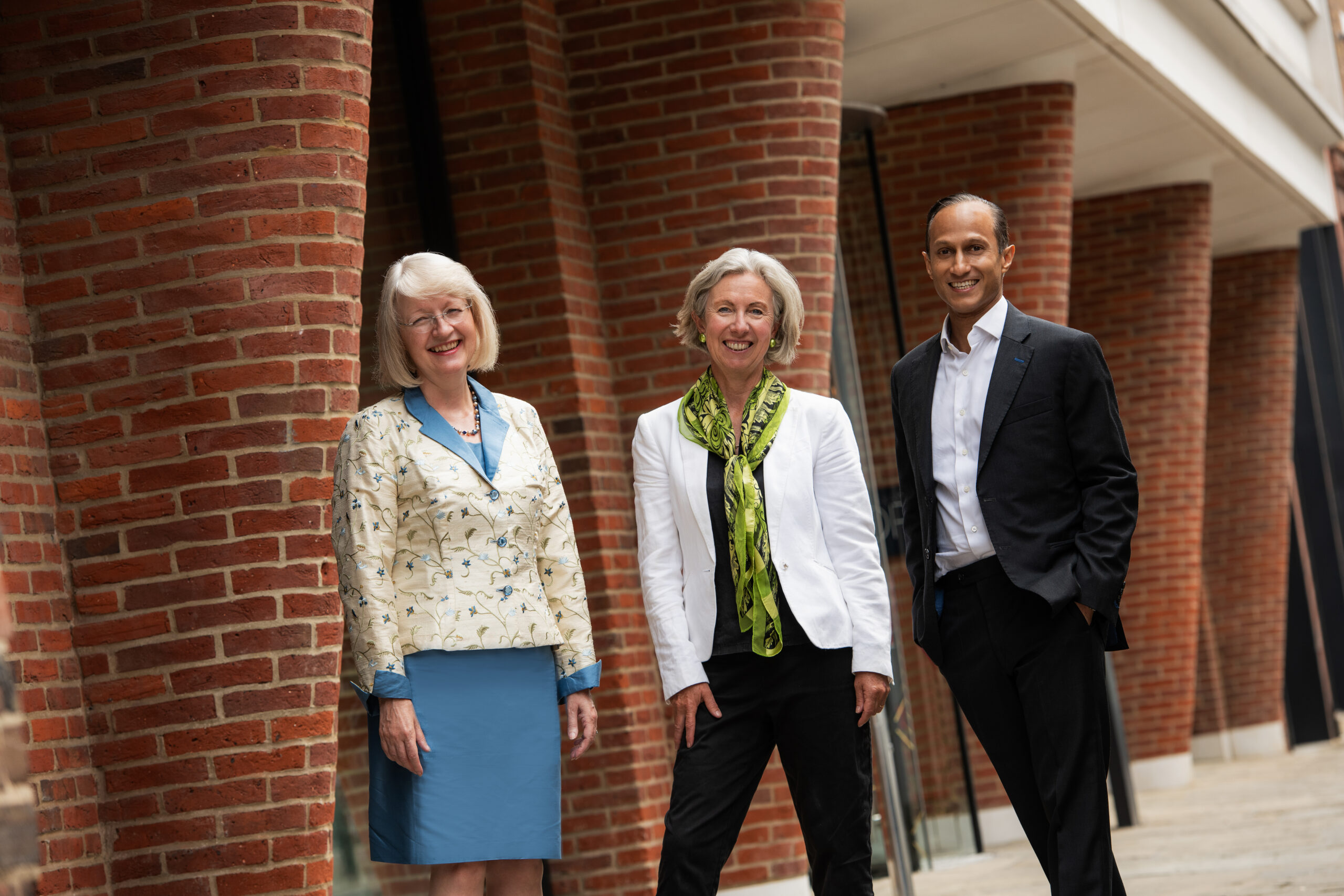The rise of impact investing
Impact investing, where capital is invested with the intention to generate measurable positive social or environmental impact alongside financial return, is responsible investment in its most powerful form. Assets invested for impact have grown rapidly over the past decade but still represent only a small fraction of global assets under management.
The global rise of impact investing made possible by a growing ecosystem of pioneering not-for-profits, social enterprises, commercial businesses, investors, advisers and policy makers, has a crucial role to play in addressing the two major challenges facing the world: climate change and social inequality.
Building connections
Partnerships between governments, grantors, donors and concessional and commercial impact investors, to provide blended finance which mobilises private sector capital are key to creating thriving and inclusive communities and securing a socially just transition to a net zero world.
Collington Capital contributes to the creation of a financial system where the social and environmental impacts of every investment will be targeted alongside financial return.
The firm believes that, in time, authentic impact investing and blended finance, where capital is pooled together from sources including philanthropic funding, social and commercial investment and public money, will become mainstream.
Collington Capital’s work, alongside the work of others in the field, ensures that the impact investment propositions emerging at the margins can move into the mainstream, build scale and create a vibrant market that works for all participants and stakeholders. This requires the building of connections between the owners of private capital and the enterprises which deliver impact.
Cornerstone actors in the impact investment chain are:
- Grantors and donors who are keen to optimise the impact of their charitable giving by using blended finance to crowd-in concessional and commercial investment capital thereby leveraging their philanthropic funding and creating sustainable funding solutions. Grantors and donors need to access blended finance impact investment opportunities that are aligned with the causes they care about.
- Investors who want to integrate impact into their investment process and deploy impact capital. Asset owners and investment managers need both frameworks and tools to manage, measure and report on impact and investable opportunities at scale, with clear routes to identify genuine impact investment opportunities. Each investor will have their own position on the risk and return spectrum and their own impact goals.
- Enterprises across the globe, with the delivery of impact central to their business models, require capital to scale their impact. They often need support to assess their financing needs and develop appropriate investment propositions that bring together multiple forms of capital via innovative blended finance solutions.
- Advisers are often a missing hidden link in the impact investment chain, connecting grantors, donors, investors and enterprises. They bring the knowledge and capability to create impact investment propositions, including blended finance solutions, and to raise philanthropic funding and impact investment which enables impact capital to flow effectively across the impact investment chain.
The capital markets need remedies to market inefficiencies, information asymmetries and missing markets that inhibit the delivery of social and environmental impact at scale.
Blended finance and advisers
Collington Capital believes that the mainstreaming of blended finance propositions, which bring together multiple sources of funding and investment, is critical to the mobilisation of impact capital and the delivery of social impact at scale.
The ecosystem of advisers who design the blended finance impact solutions and mobilise the impact investment capital must be strengthened. Their work is critical, yet often overlooked and underfunded. Well-funded advisers dedicated to a focus on impact investment are the key missing link between cornerstone actors in the impact investment chain.
Collington Capital meets the need for advisers with the knowledge, experience and networks to build connections between the participants in the impact investment chain, to develop and launch fully funded blended finance impact investment vehicles, and to mobilise social and commercial impact capital at scale to accelerate progress towards a more sustainable world.
Our vision...
is for global capital markets providing flows of capital which transform the delivery of social impact at scale.Our mission...
is to connect participants in the impact investment chain, so more impact capital flows effectively to impact-led enterprises.Our purpose...
is to enable impact-led enterprises to access impact capital.Our focus is on the impact goals most critical to achieving social justice
Better health
Poverty alleviation
Women's empowerment
Inclusive education
Economic development
Climate solutions
Collington Capital serves grantors and donors, concessional and commercial investors including impact fund managers, and impact-led enterprises, not only charities, not-for-profits and social enterprises but also commercial businesses.
Impact Goals
Collington Capital aims to mobilise US$500mn of catalytic philanthropic funding and investment capital over five years by delivering four service lines with bespoke propositions tailored to the individual or organisation with whom it partners: capital placement, impact advisory, scaling impact and impact solutions.
Across its three entities the group raises philanthropic funding, promotes integration of impact into the investment chain, builds investment readiness, structures impact investment vehicles and raises investment capital as shown in its theory of change.
Collington Capital’s focus is on the impact goals critical to addressing social inequality: poverty alleviation, better health, inclusive education, women’s empowerment, economic development and climate solutions which build the resilience of the most vulnerable.
